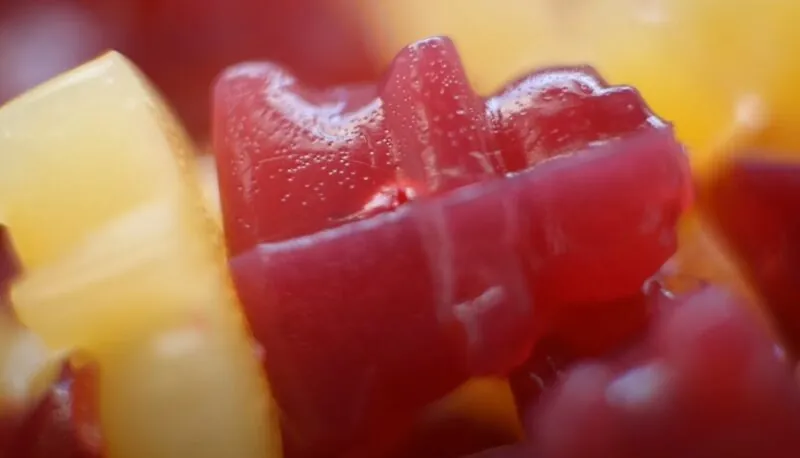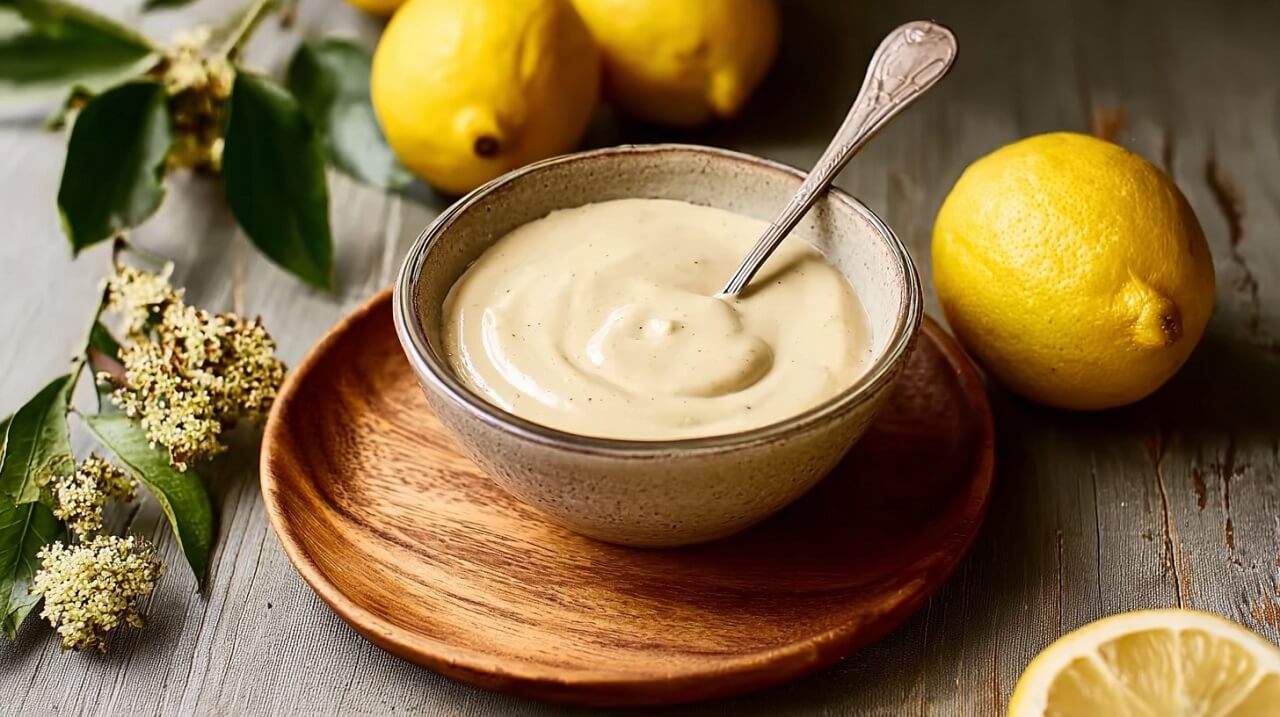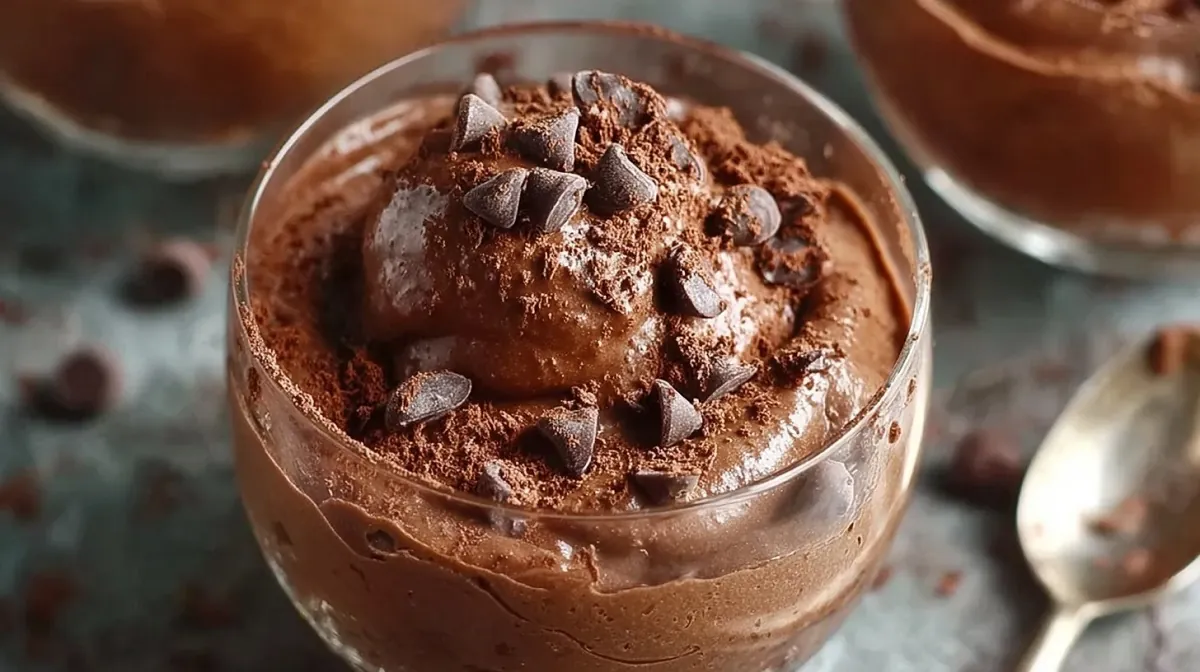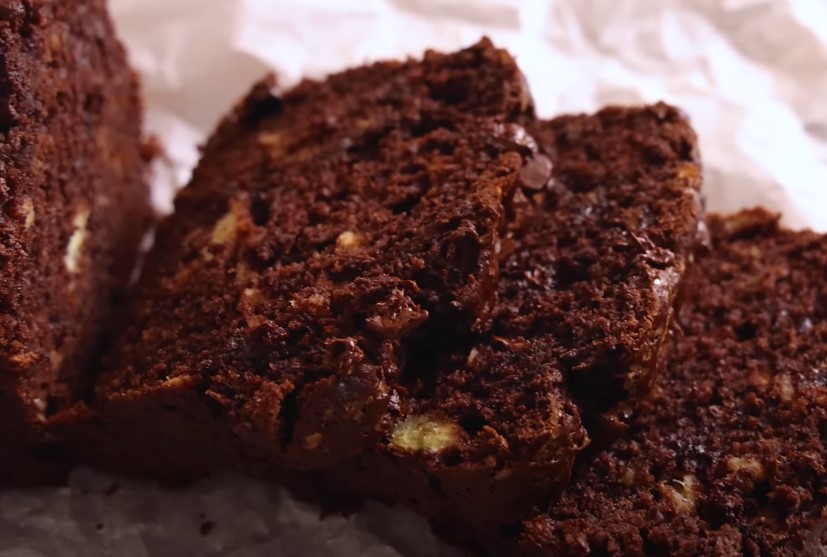Gelatin is a popular ingredient in many recipes, but it’s not always suitable for everyone due to dietary restrictions or personal preferences. Whether you’re vegan, vegetarian, or simply looking for an alternative, there are several common ingredients that can effectively replace gelatin in your cooking and baking.
Let’s explore these alternatives and how they can be used in your favorite dishes.
Table of Contents
ToggleThese Are the Best Gelatin Alternatives
- Agar-Agar
- Pectin
- Carrageenan
- Guar Gum
- Xanthan Gum
- Kudzu
- Arrowroot
- Cornstarch
1. Agar-Agar
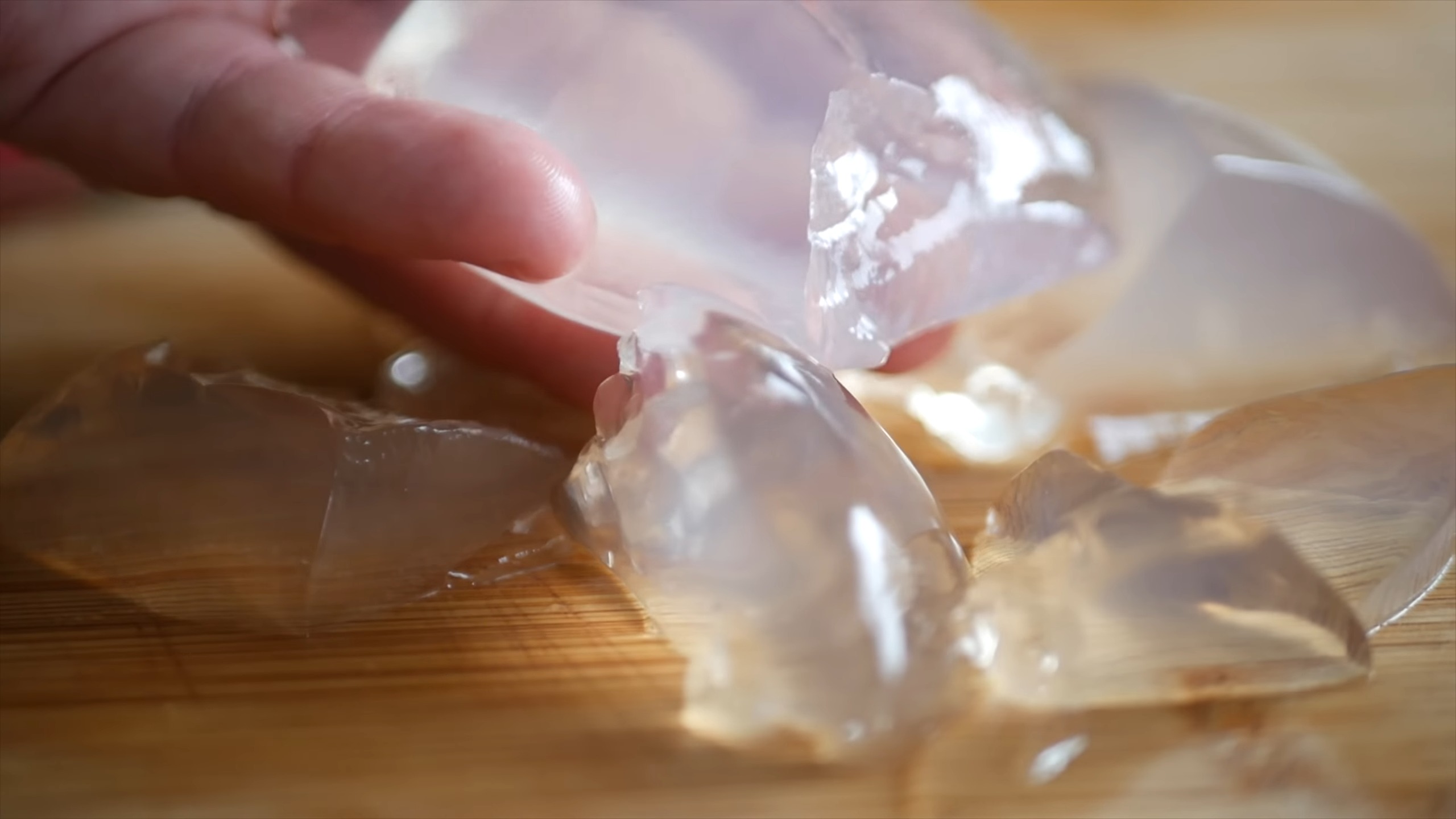
Agar-Agar is an exceptional substitute for gelatin, especially favored by those following vegetarian and vegan diets. This ingredient is derived from seaweed, specifically from red algae, making it entirely plant-based. Unlike gelatin, which is made from animal collagen, Agar-Agar offers a cruelty-free alternative that does not compromise on functionality.
The versatility of Agar-Agar is one of its key advantages. It can be found in powder, flake, and bar forms, making it adaptable to various culinary needs. The powder form is particularly popular due to its ease of use. To prepare Agar-Agar, you simply dissolve it in boiling water. The standard ratio is one teaspoon of Agar-Agar powder to one cup of liquid. Once dissolved, it integrates seamlessly into recipes, setting as it cools to form a firm, stable gel.
One of the remarkable properties of Agar-Agar is its ability to set at room temperature, unlike gelatin, which typically requires refrigeration. This feature is particularly useful for creating desserts and jellies that need to maintain their form in warmer conditions. Additionally, Agar-Agar sets more firmly than gelatin, providing a distinct texture that is ideal for certain dishes.
Common uses for Agar-Agar include making jellies, puddings, and desserts. Its clear, firm gel is perfect for fruit jellies and layered desserts, offering a clean, crisp finish. In savory applications, Agar-Agar can be used to thicken soups and sauces, adding body and consistency without altering the flavor.
2. Pectin
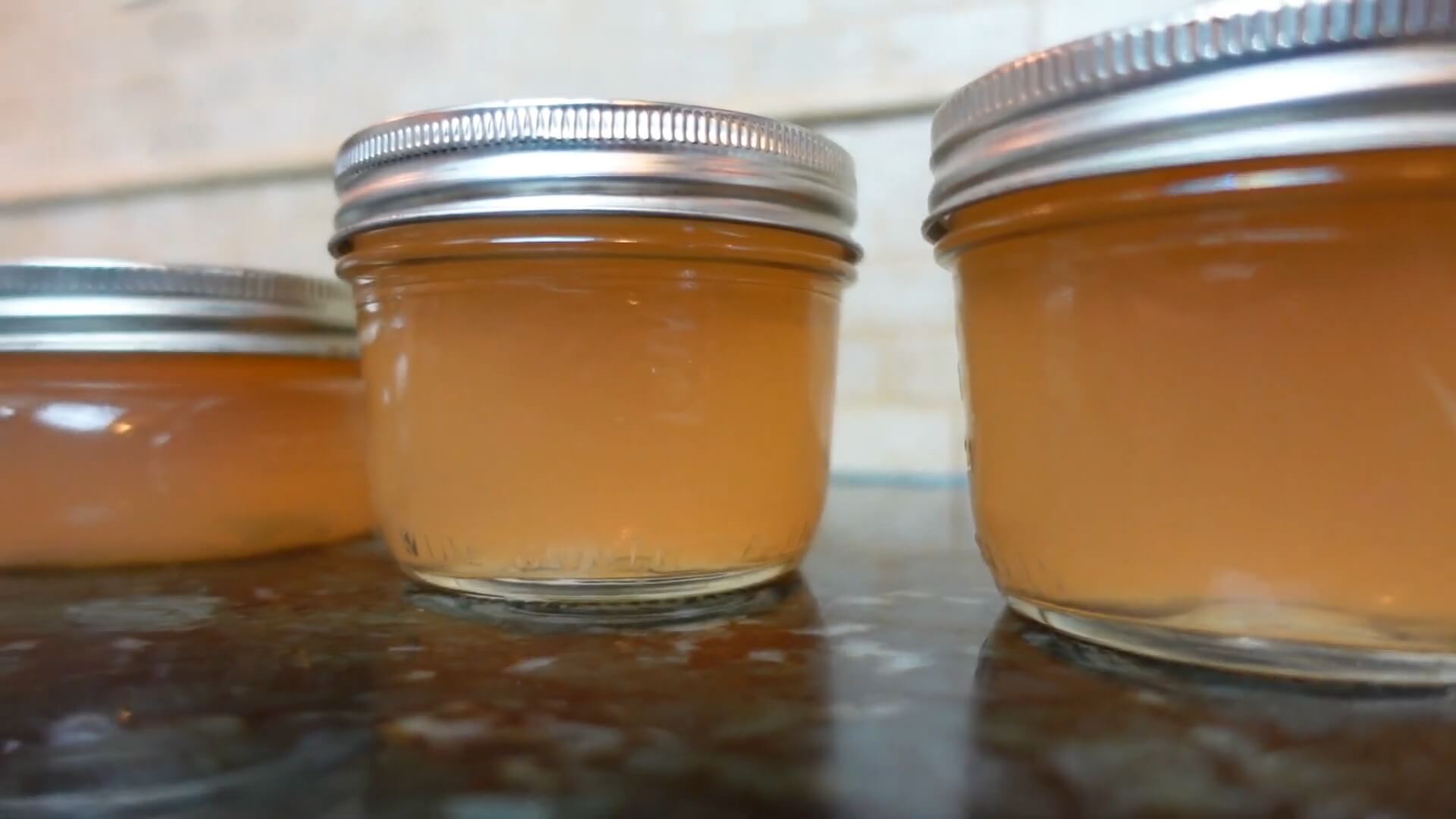
Pectin is a natural gelling agent found in fruits, particularly apples and citrus fruits. It is widely used in making jams and jellies, providing the necessary thickening and setting properties. Pectin is a great gelatin alternative for those who prefer plant-based ingredients.
Pectin comes in powder and liquid forms. To use it, combine the pectin with sugar and an acid, such as lemon juice. The acid helps activate the gelling properties of pectin. This mixture is then heated to dissolve the pectin and allow it to set properly. Pectin is ideal for recipes that require a firm, stable gel, making it perfect for homemade preserves, fruit sauces, and even some desserts.
3. Carrageenan

Carrageenan is derived from red seaweed and is frequently used as a thickening, gelling, and stabilizing agent in various food products. It’s commonly found in dairy and plant-based milk alternatives, where it helps maintain a smooth and consistent texture. Carrageenan is also used in desserts, such as puddings and custards.
Available in powder form, carrageenan is easy to use. To incorporate it into a recipe, dissolve the powder in a liquid and heat it to activate its gelling properties. It works well in both sweet and savory applications, providing a versatile alternative to gelatin.
4. Guar Gum
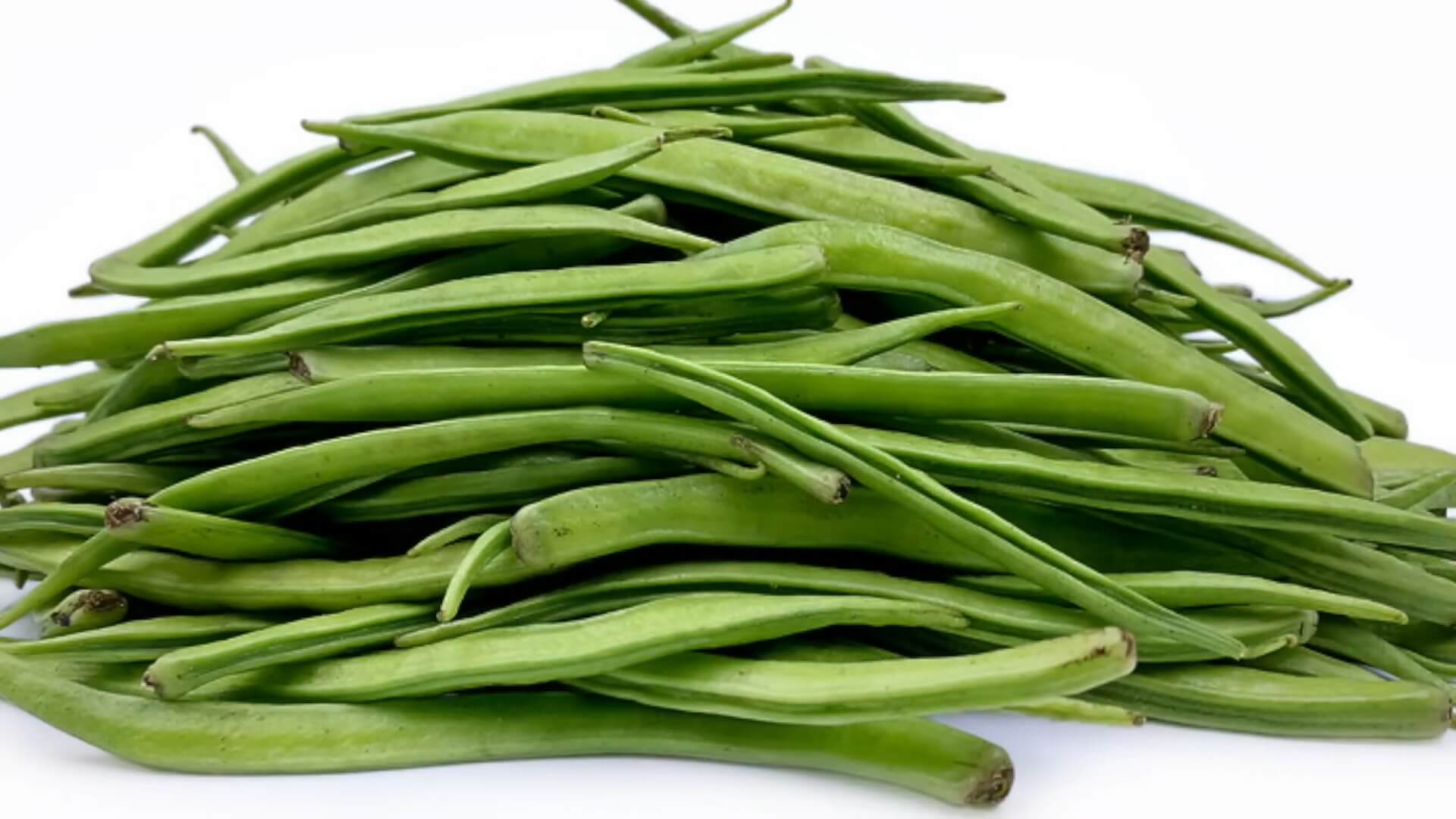
Guar gum, made from guar beans, is a versatile thickening agent used in gluten-free baking, sauces, and ice creams. It helps improve the texture and consistency of food, making it an excellent alternative to gelatin in various recipes.
Guar gum is typically available in powder form. When using it in baking, mix the powder with dry ingredients to ensure even distribution. For sauces or ice creams, dissolve it in water or another liquid to activate its thickening properties. A little guar gum goes a long way, so use it sparingly to achieve the desired consistency.
5. Xanthan Gum
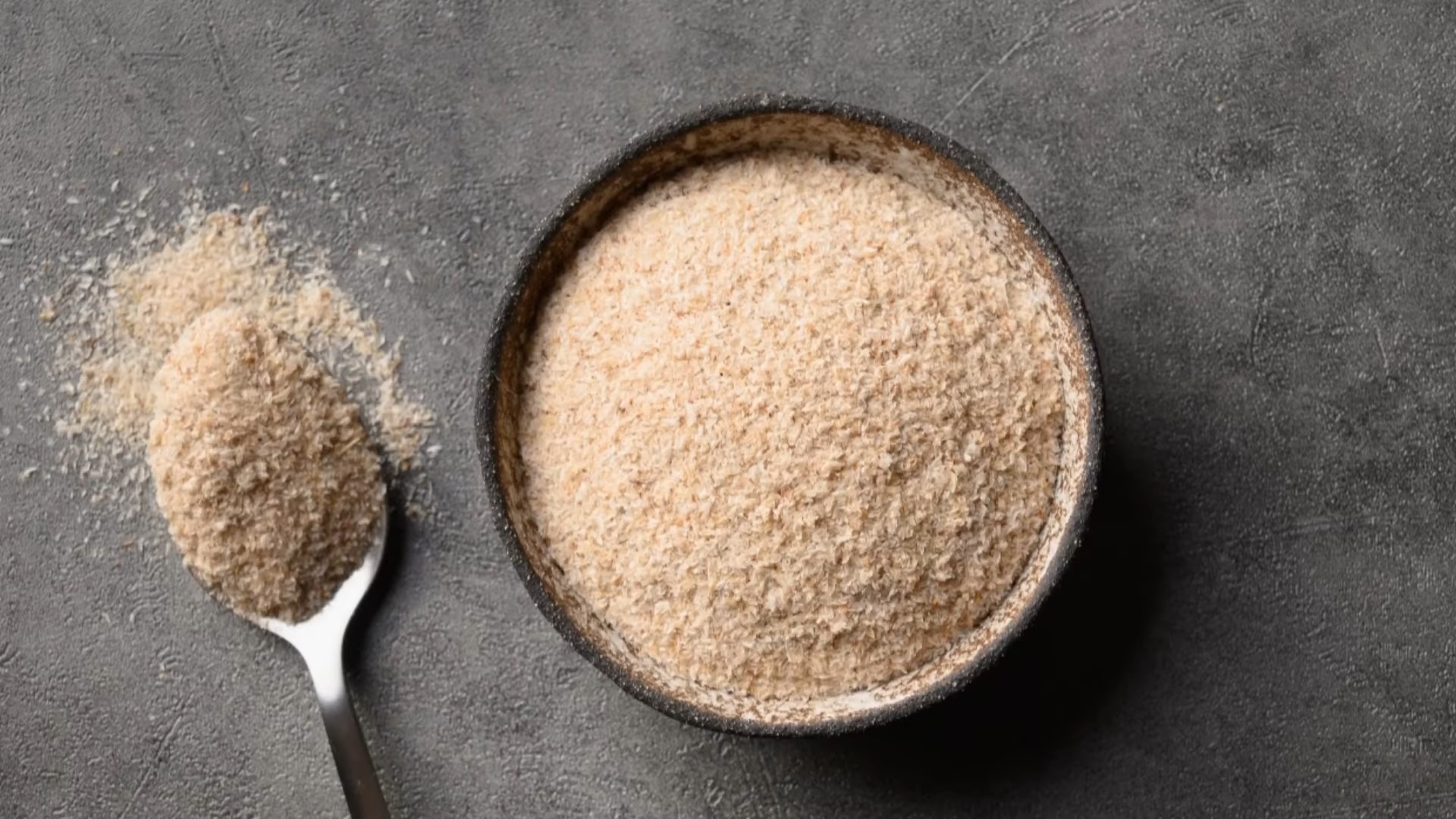
Xanthan gum is produced by fermenting sugar and is widely used in salad dressings, sauces, and gluten-free baking. It acts as a thickening and stabilizing agent, providing a smooth texture and preventing ingredients from separating.
Xanthan gum is available in powder form and is easy to use. For baking, mix it with dry ingredients. In liquid applications, dissolve xanthan gum in a small amount of liquid before adding it to the rest of the recipe. Its strong thickening properties mean that only a small amount is needed to achieve the desired consistency.
6. Kudzu
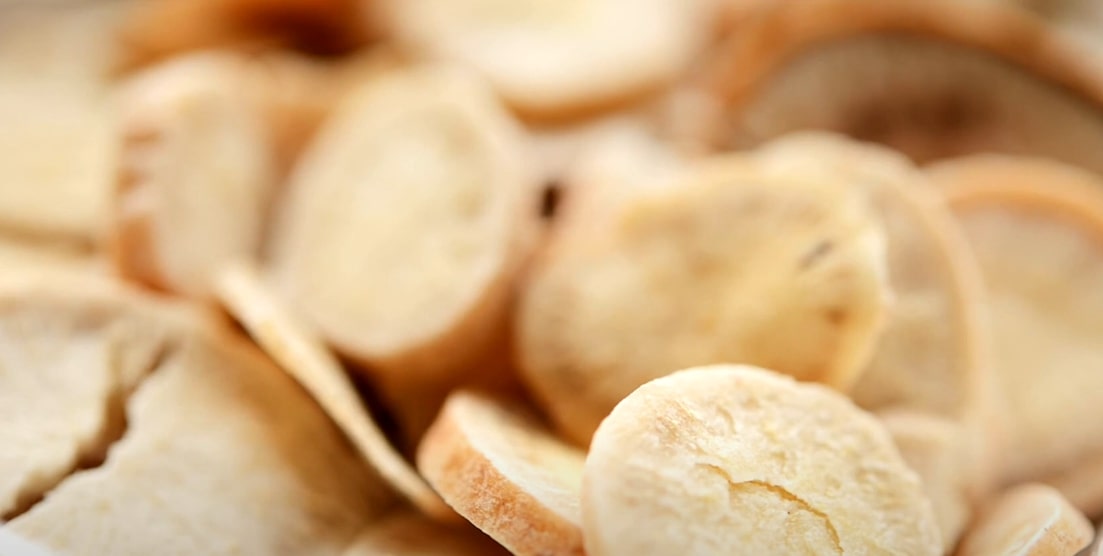
Kudzu, made from the root of the kudzu plant, is a traditional thickening agent used in Japanese cuisine. It provides a clear, smooth texture, making it suitable for soups, sauces, and desserts.
Kudzu is available in powder form and is straightforward to use. To prepare it, dissolve the kudzu powder in cold water before heating it to activate its thickening properties. This method prevents clumping and ensures a smooth consistency. Kudzu is a versatile alternative to gelatin, offering a plant-based option with excellent gelling capabilities.
7. Arrowroot

Arrowroot is a starch obtained from the roots of tropical plants. It’s commonly used to thicken sauces, soups, and puddings. Arrowroot provides a clear, glossy finish, making it a preferred choice for many cooks.
In powder form, arrowroot is easy to use. To thicken a liquid, mix the arrowroot powder with cold water to form a slurry. This slurry can then be added to the hot liquid, where it will quickly thicken without forming lumps. Arrowroot is a great alternative to gelatin, particularly for those seeking a gluten-free and vegan-friendly option.
8. Cornstarch
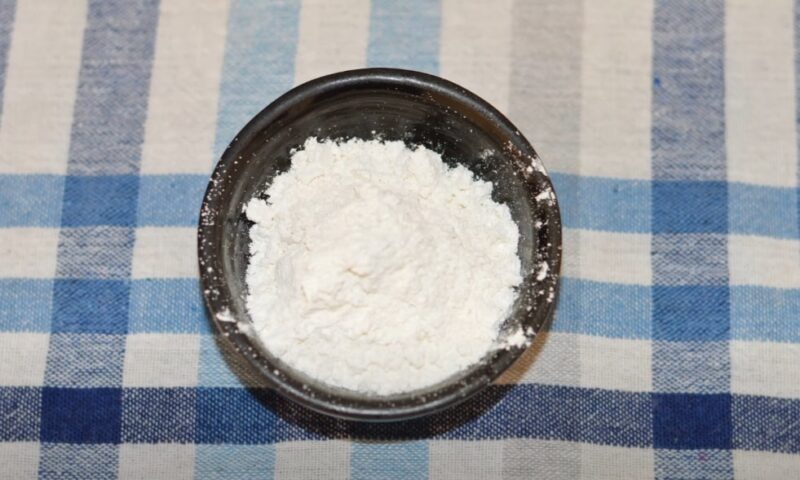
Cornstarch, derived from corn kernels, is a widely used thickening agent in both savory and sweet dishes. It’s commonly used to thicken sauces, soups, and desserts, providing a smooth and glossy finish.
Cornstarch is typically available in powder form. To use it, mix the cornstarch with cold water to create a slurry, which can then be added to the hot liquid. This prevents clumping and ensures a smooth texture. Cornstarch is an excellent alternative to gelatin, offering a reliable and effective way to achieve the desired consistency in various recipes.
Also, in some foods (like in store bought Spam) you can find potato starch listed in the ingredients, which is very similar just not made from corn but instead from potato!
FAQs
1. Are there any allergens in these gelatin substitutes?
While most gelatin substitutes are hypoallergenic, some people may have sensitivities. For example, guar gum and xanthan gum can sometimes cause digestive issues in sensitive individuals. Always check product labels for potential allergens and consult with a healthcare professional if you have concerns.
2. Can these substitutes be used in cold recipes?
Yes, some gelatin substitutes can be used in cold recipes, but their gelling properties may vary. For instance, Agar-Agar and carrageenan work well in cold recipes, but they need to be dissolved in hot liquid first. Other substitutes like pectin and guar gum can thicken cold mixtures directly.
3. How do I adjust measurements when substituting gelatin with these alternatives?
The measurements for gelatin substitutes can differ significantly from gelatin. For example, 1 teaspoon of gelatin typically equals 1 teaspoon of Agar-Agar powder. However, you might need more or less of other substitutes, like 2 teaspoons of pectin or 1/2 teaspoon of xanthan gum. Refer to specific product instructions for accurate conversions.
4. Do these substitutes affect the flavor of dishes?
Most gelatin substitutes are neutral in flavor, but some may impart a slight taste. For instance, Agar-Agar and carrageenan have a neutral taste, while pectin can add a subtle fruity flavor. It’s advisable to test small amounts in your recipe to ensure the flavor remains as desired.
5. Are these gelatin substitutes suitable for all dietary preferences?
Many gelatin substitutes are suitable for various dietary needs. Agar-Agar, pectin, and carrageenan are vegan-friendly, while arrowroot and cornstarch are gluten-free. Always verify the dietary suitability of a substitute based on specific dietary restrictions and preferences.
Conclusion
Numerous effective alternatives to gelatin cater to different dietary preferences and culinary needs. From plant-based options like Agar-Agar and pectin to versatile thickeners like xanthan gum and arrowroot, each substitute offers unique benefits and applications. By understanding how to use these ingredients, you can achieve the desired texture and consistency in your recipes without relying on animal-based gelatin.

